A neo-brutalist villa for an extended family elevates a Geneva suburb
Lacroix Chessex Architectes pair cost-conscious concrete construction with rigorous details and spatial playfulness in this new villa near Geneva
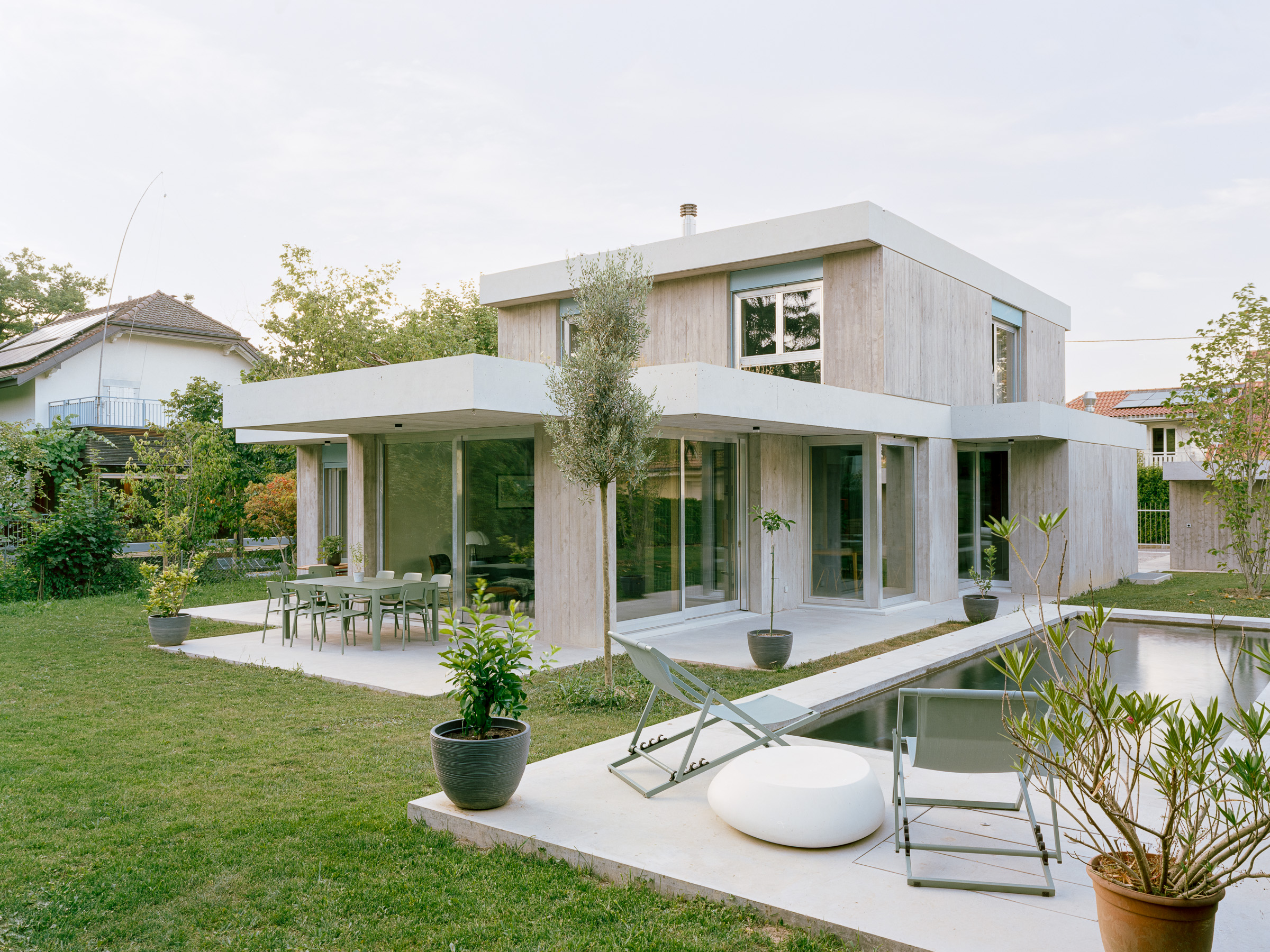
This new villa in Pregny-Chambésy, a small commune in the canton of Geneva in Switzerland, has been completed to the designs of Lacroix Chessex Architectes and features exposed concrete inside and out. Located in Geneva’s Zone 5 – the area of the city district given over to single, free-standing villas – the project was constructed under tight budgetary constraints yet still creates a rich, warm ambience.
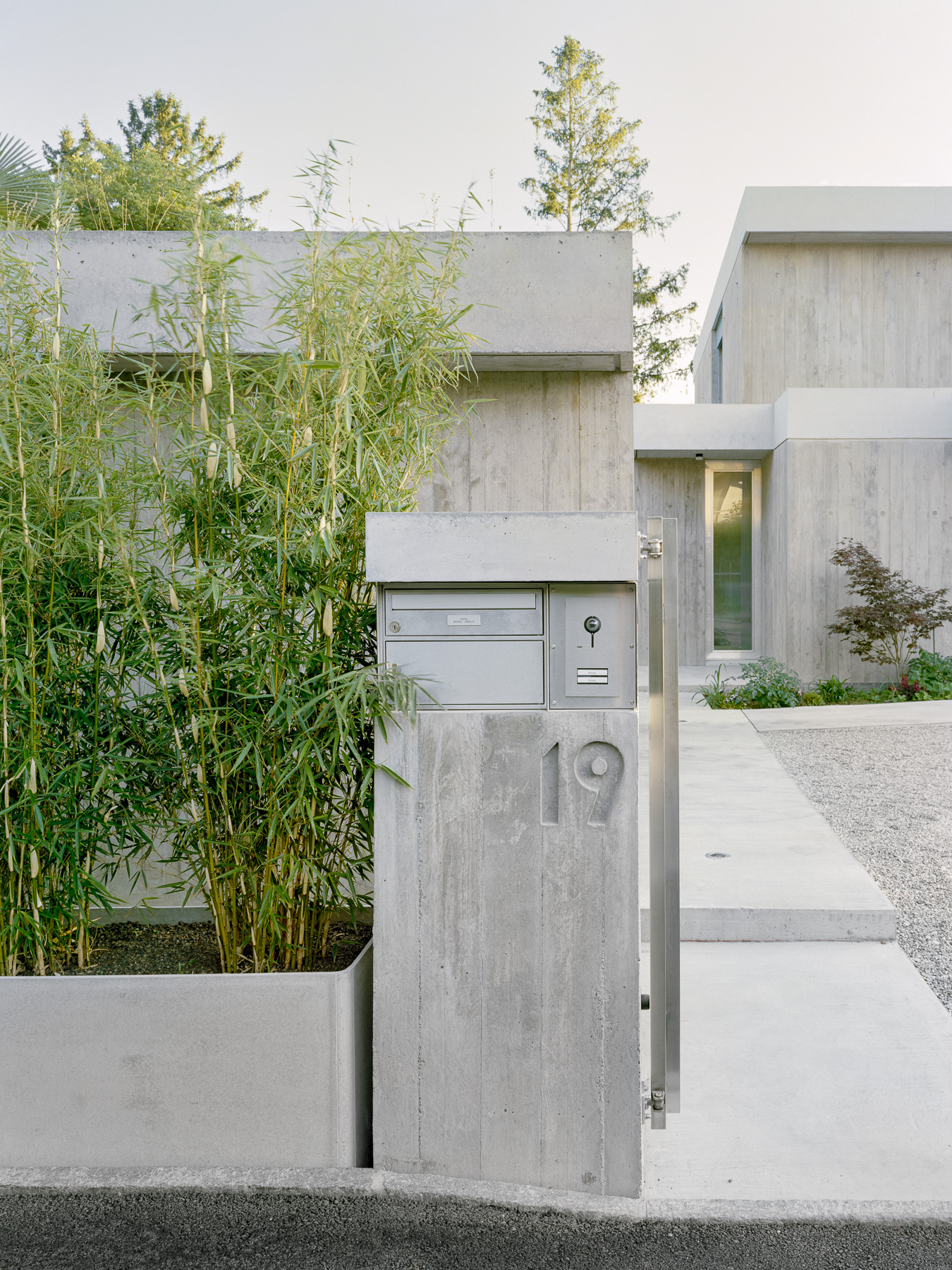
New Villa, Geneva, Lacroix Chessex Architectes
The Zone 5 regulations stipulated elements of the design like the distance between boundary and structure, as well as capping built square metres to a percentage of the plot area. Other strictures determined the environmental credentials of the house, governing the amount of plot given over to permeable surfaces, for example, as well as the number of solar panels required and insulation rating.
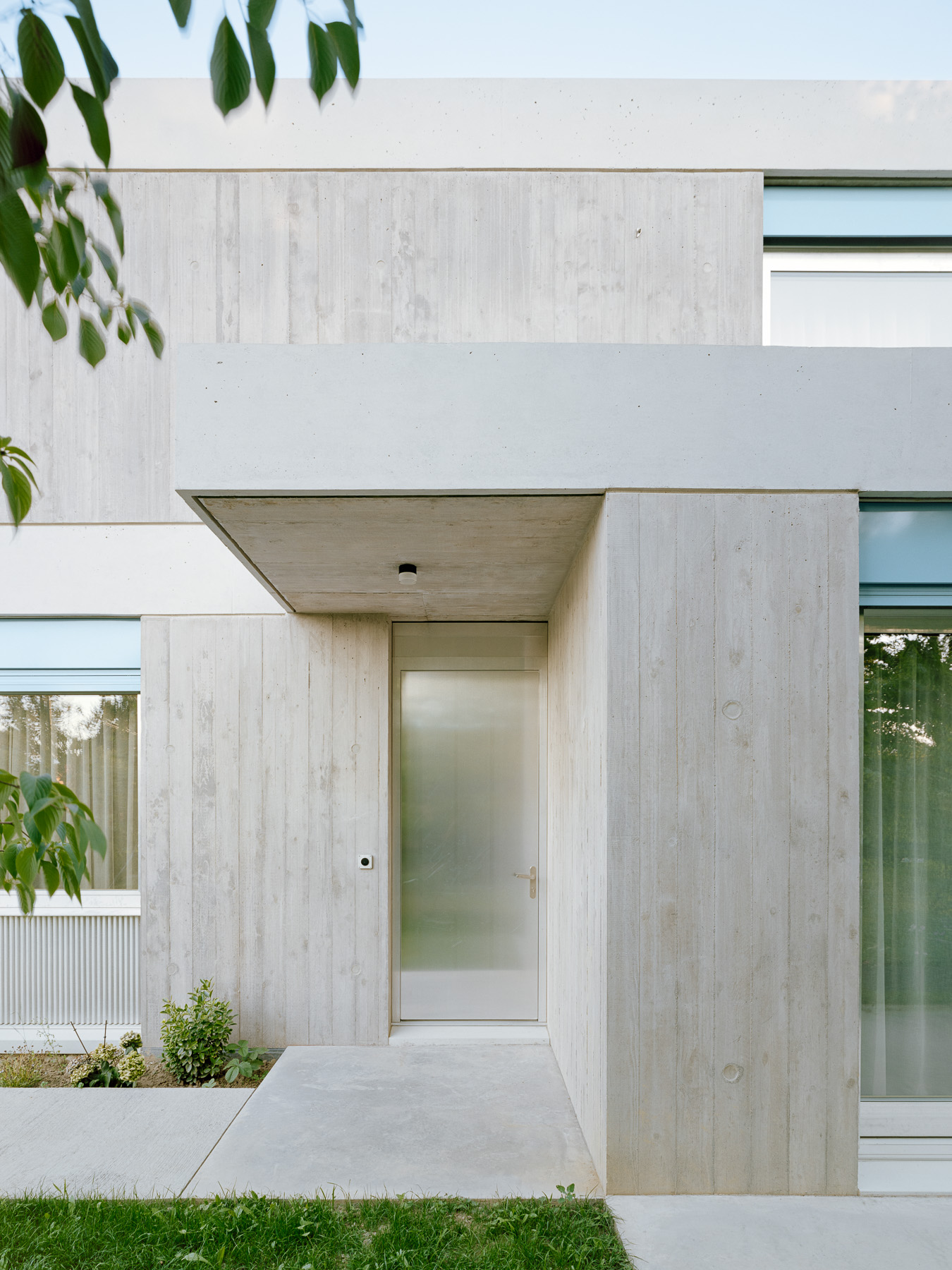
Front door, New Villa, Geneva, Lacroix Chessex Architectes
‘In terms of the proposed architecture, we had quite a lot of freedom,’ says the practice’s Hiéronyme Lacroix, ‘I would say that it was not complicated to propose this type of architecture for the permission.’ The neo-brutalism of the exterior, with the visible vertical shuttering marks, is paired with polished concrete floors and exposed concrete interior walls. Stone edging adds another material dimension.
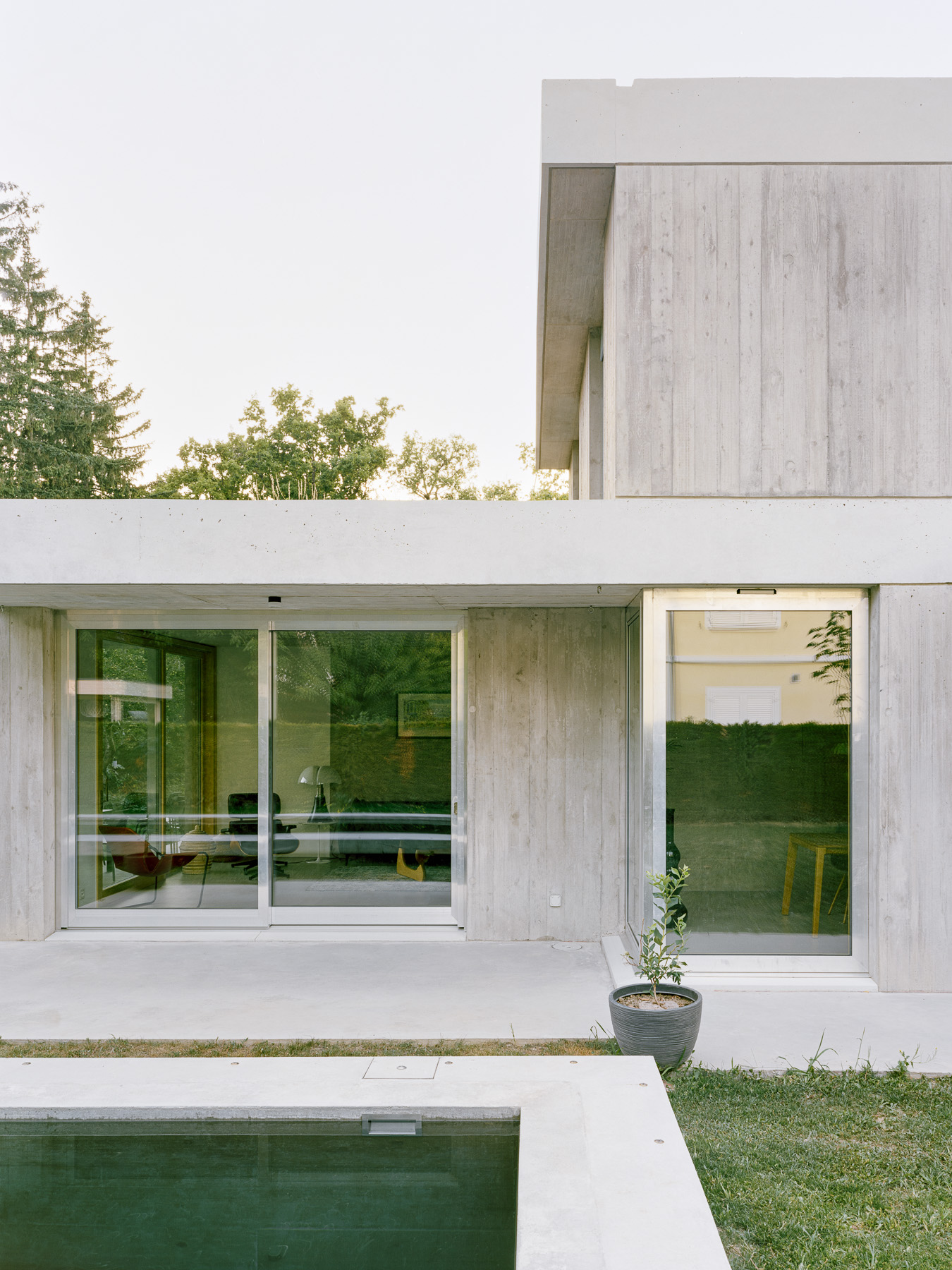
Exterior, New Villa, Geneva, Lacroix Chessex Architectes
‘The combination of raw concrete construction and interior insulation was unbeatable,’ Lacroix continues, adding that the key constraint was economic. The house is designed in such a way that the walls were all poured as solid elements with no holes for windows. Instead, floor-to-ceiling gaps for doors and windows were created in between the concrete structure.
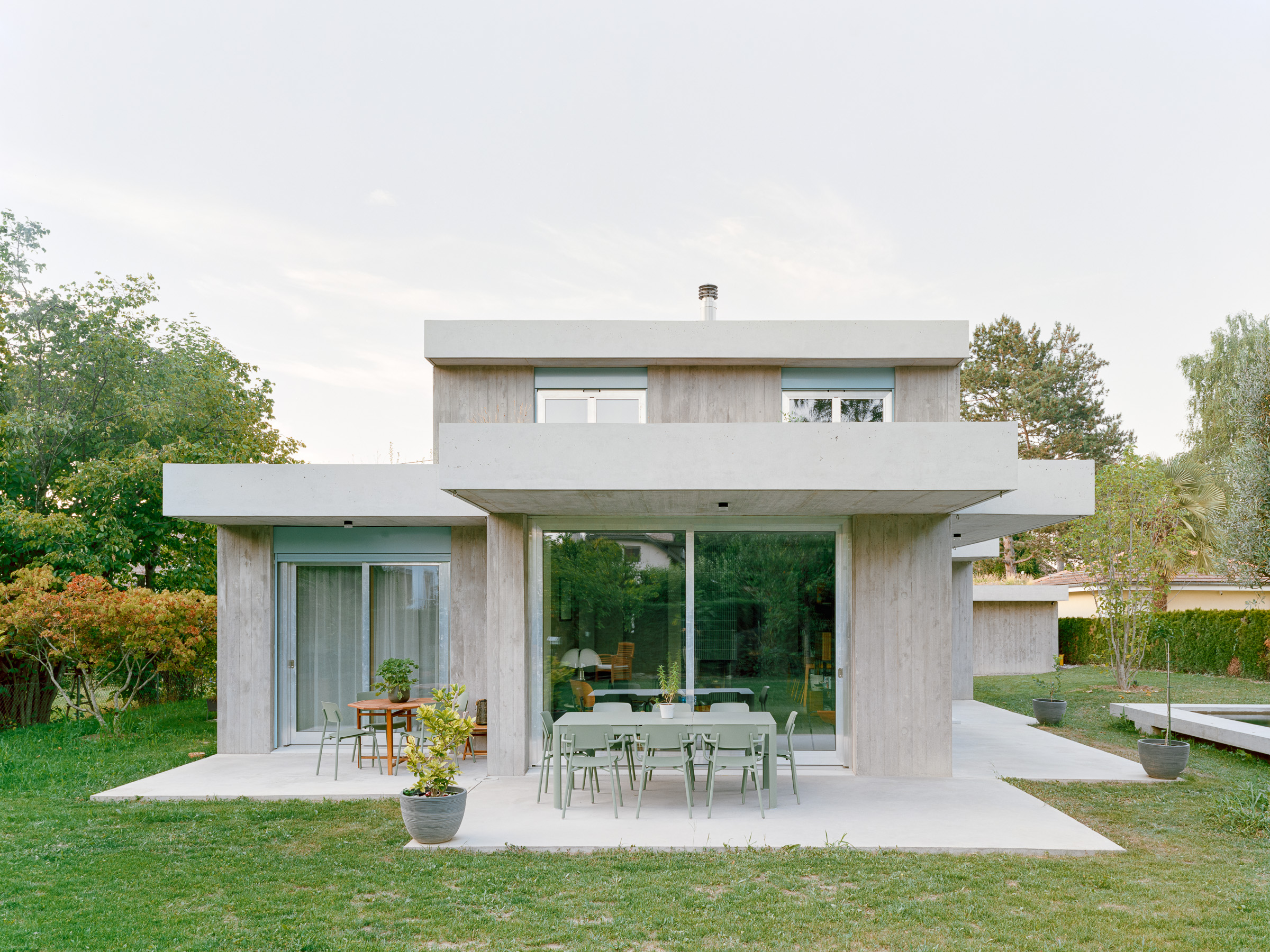
Garden facade, New Villa, Geneva, Lacroix Chessex Architectes
In addition, the house features many step backs and angled elements on the ground floor level, what the architects describe as the ‘fragmentation of the cascading volumes.’ This has the effect of making the living spaces feel much larger than they are, with views long axial views contrasted with the diagonal views between angled walls, niches and full-length windows. Care was taken to avoid large spans – and therefore costly structure – without compromising the sense of openness.
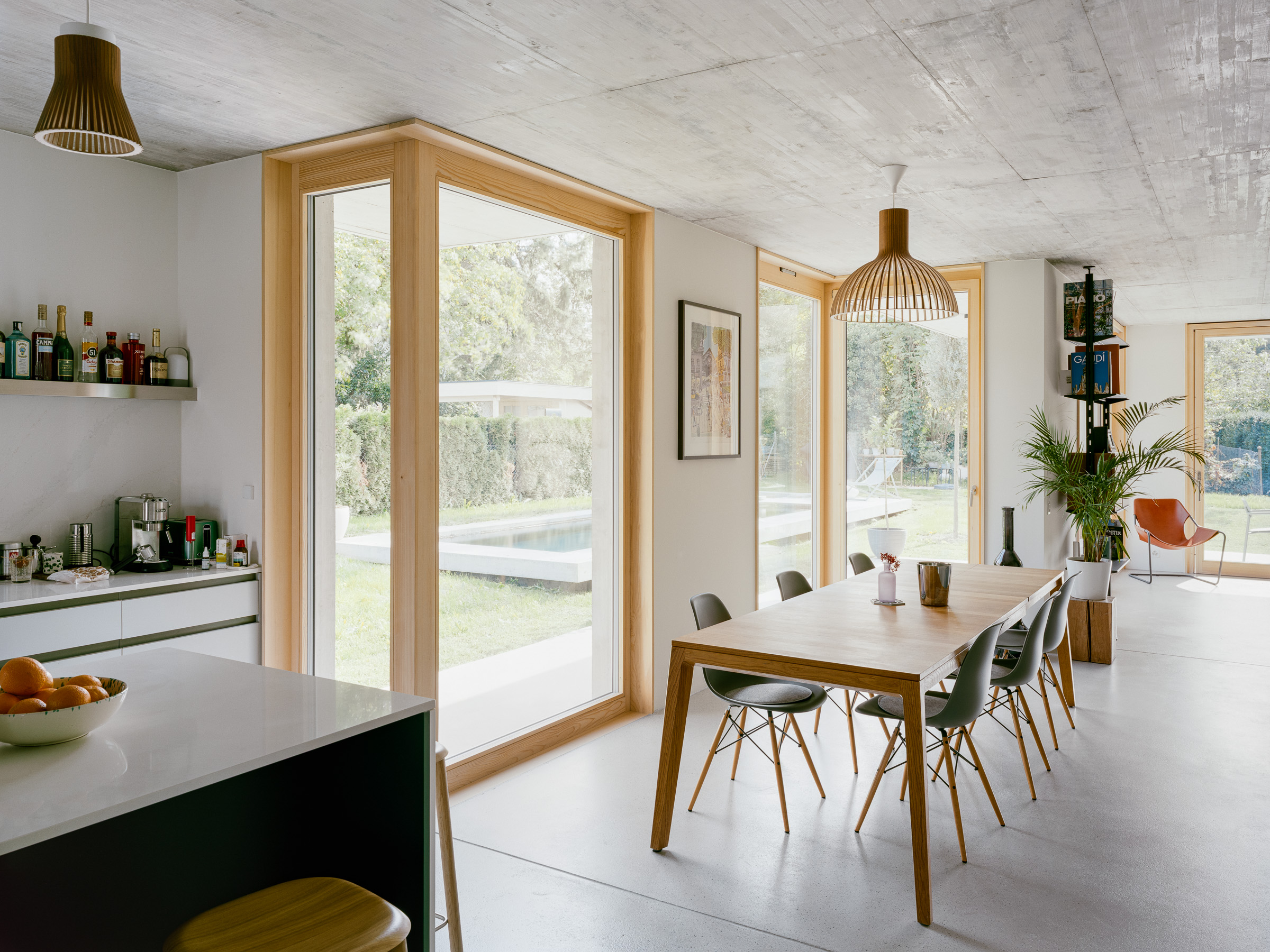
The kitchen and dining area
On the ground floor, the entrance hall, kitchen, dining room, and living room form a flowing sequence, with more private areas like a study and bathroom tucked away in the idiosyncratic floorplan. The ground floor also houses a self-contained one-bedroom flat for an older relative, and the house sits above the traditional Swiss basement, here used for storage and as a media and games room.
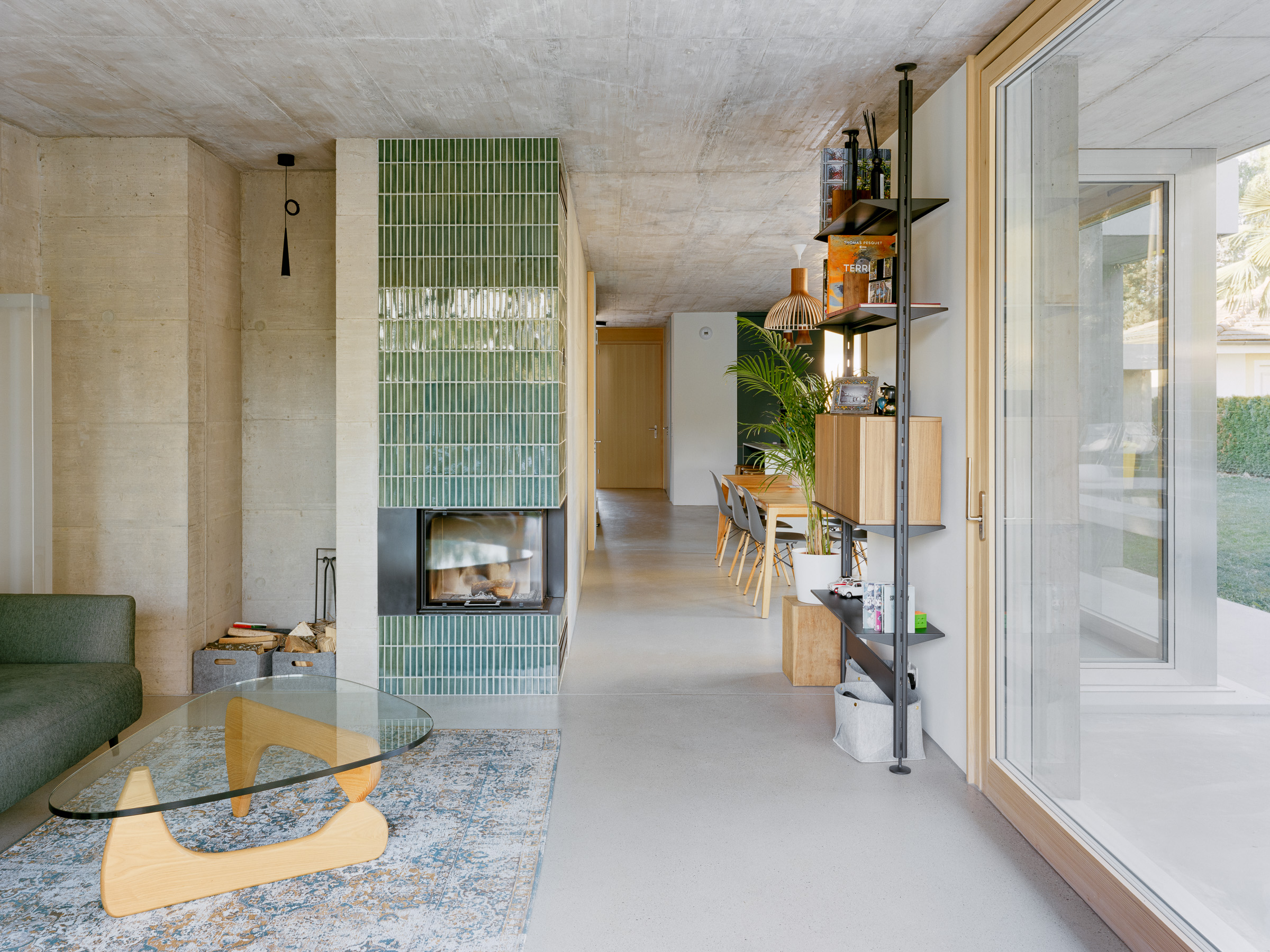
The living area, looking back towards the kitchen
Upstairs, there’s a large principal bedroom with dressing area and top-lit ensuite, as well as two smaller bedrooms with a separate bathroom, also lit from above. The floor-to-ceiling fenestration also continues here, albeit with deliberately different alignments to the windows on the ground floor. The brutalism of the exterior also serves to distinguish the new villa within its eclectic, leafy suburb.
Receive our daily digest of inspiration, escapism and design stories from around the world direct to your inbox.
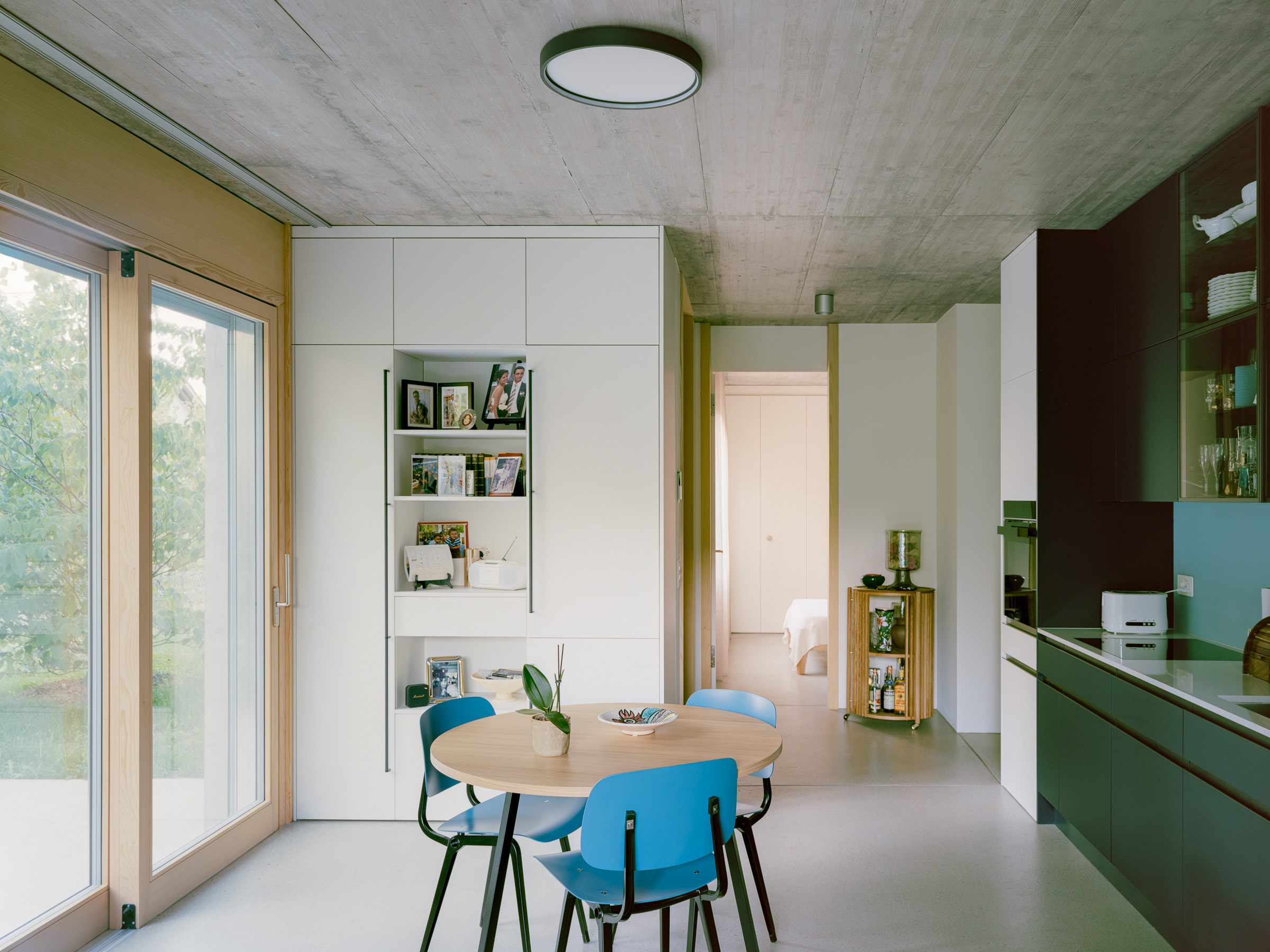
The kitchen opens directly onto the garden
‘Our aim is to create quality architecture that is both contemporary and timeless,’ the architects write. Established in 2005 by Hiéronyme Lacroix and Simon Chessex, along with partners Grégoire Martin and Ludovic Durand, the award-winning office is based in Geneva.
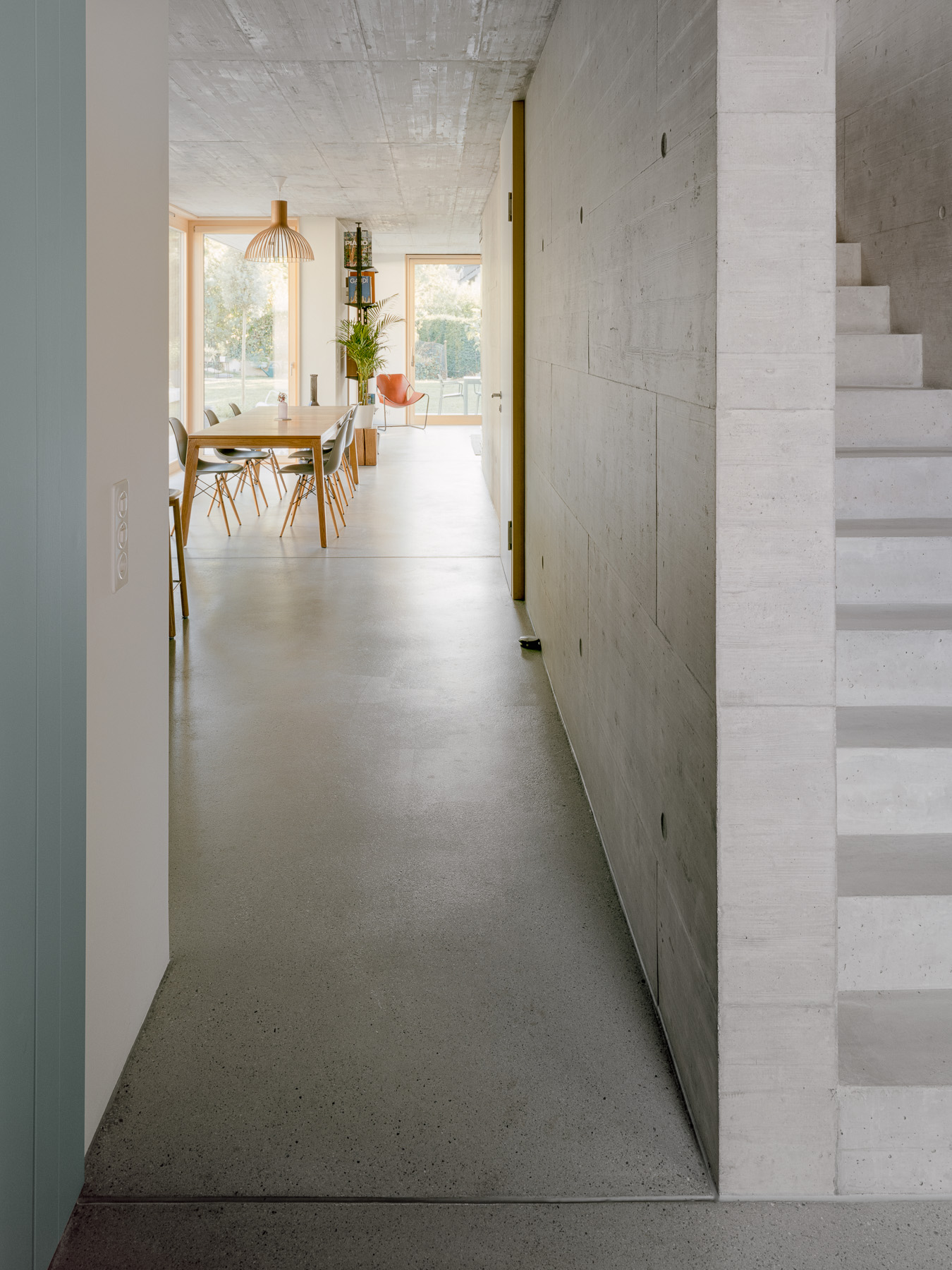
Long vistas are achieved on the ground floor
‘Each commission is approached as a new avenue of exploration, without preconceived ideas, formal a priori, or advance knowledge of the final result,’ they continue, ‘Each project begins again at zero, forcing us to constantly challenge ourselves… In today’s globalized and generic world, we strive to create buildings specific to each site and its uses. Our structures must be able to elevate and enhance every one of these always unique situations.’
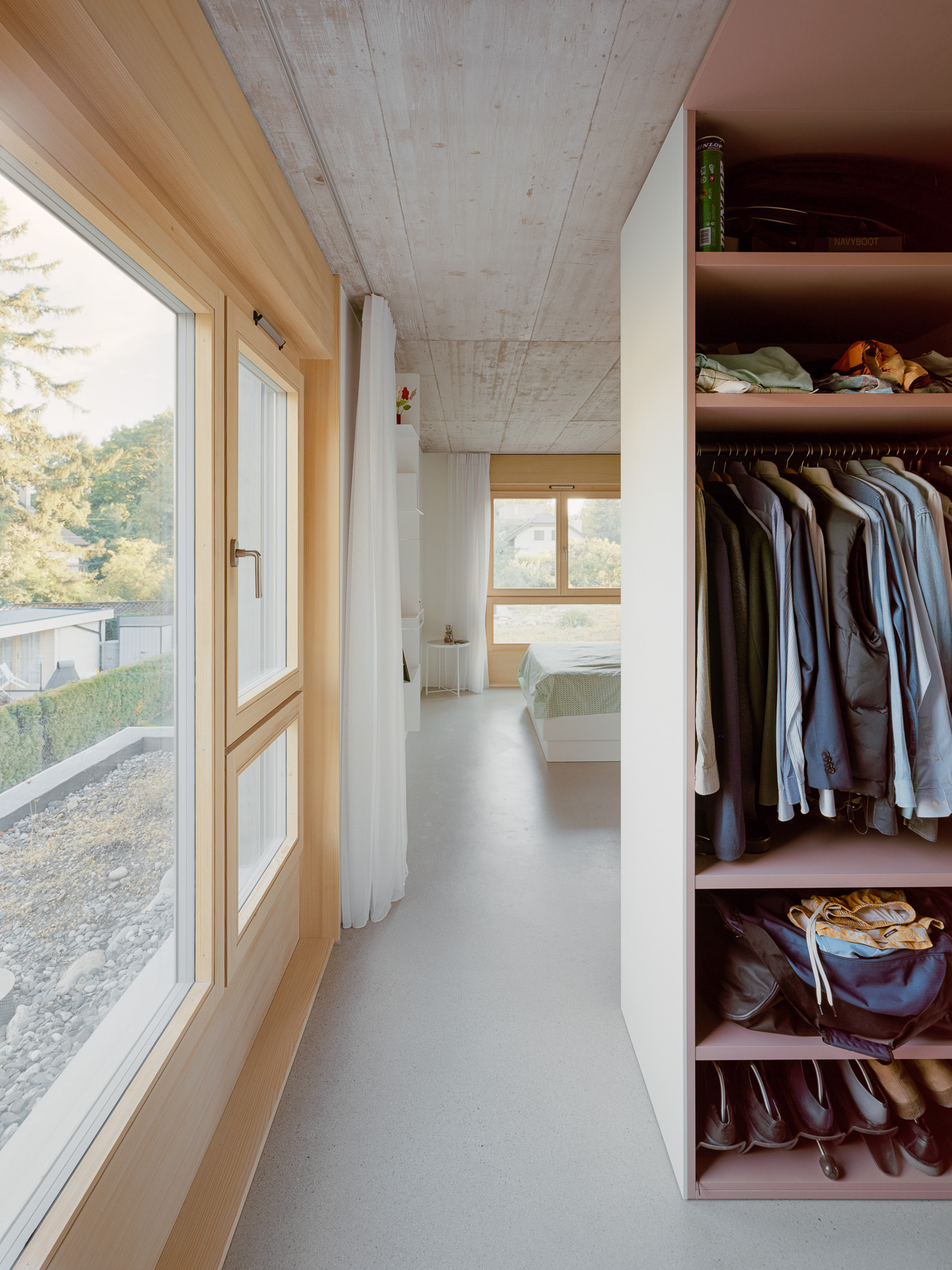
The main bedroom
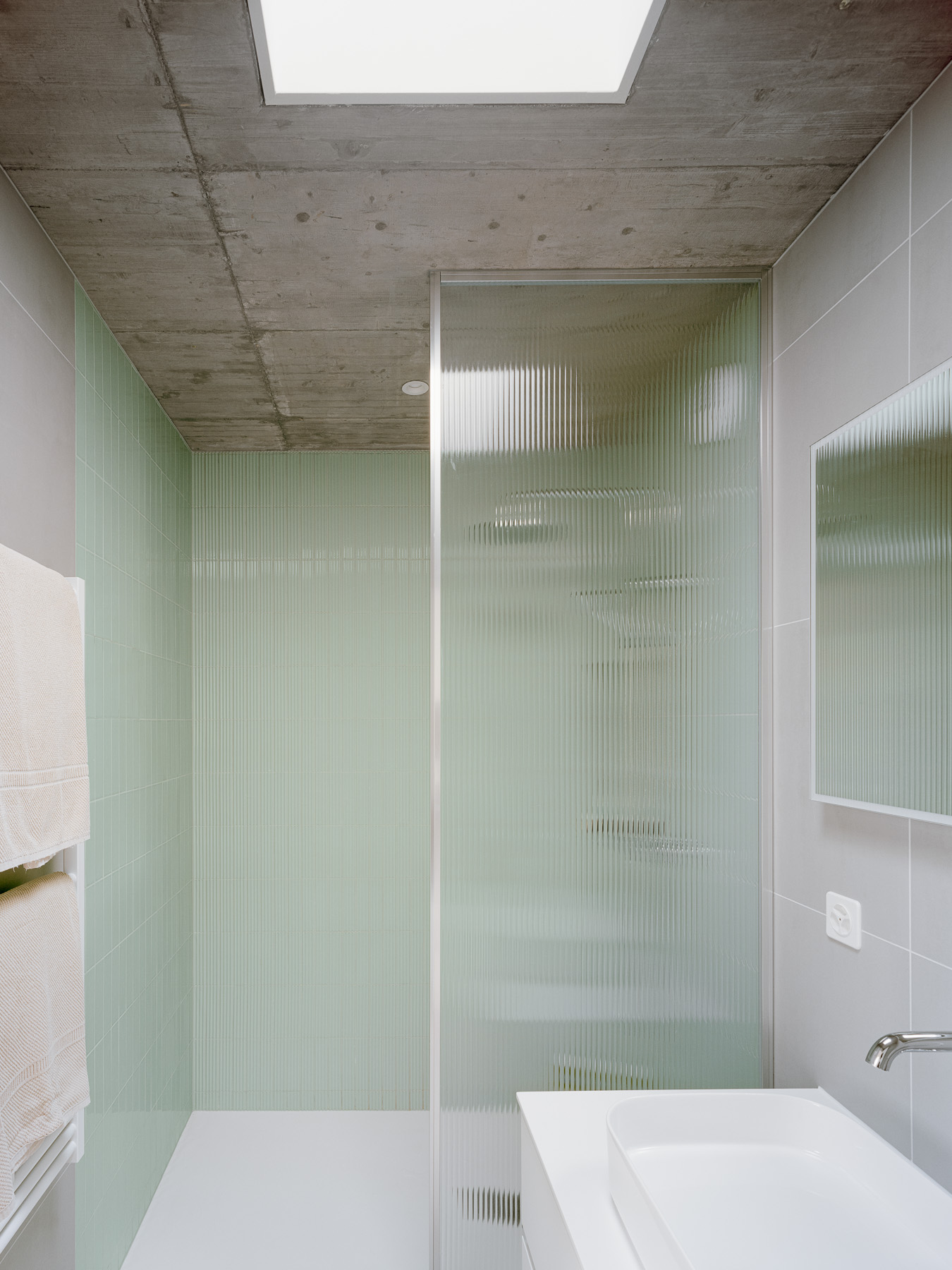
The upstairs bathrooms are top-lit
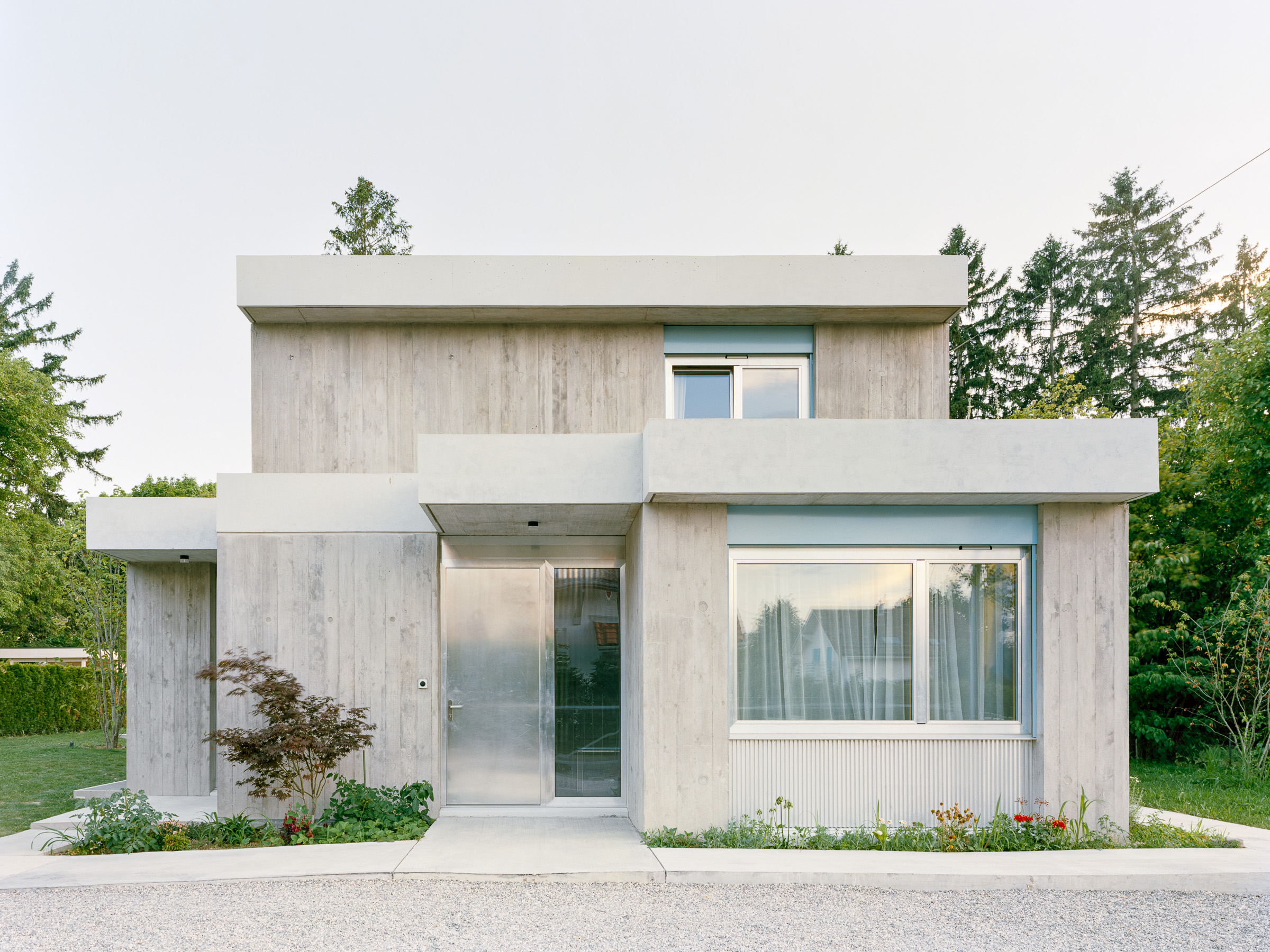
New Villa, Geneva, Lacroix Chessex Architectes
LacroixChessex.ch, @LacroixChessex
Jonathan Bell has written for Wallpaper* magazine since 1999, covering everything from architecture and transport design to books, tech and graphic design. He is now the magazine’s Transport and Technology Editor. Jonathan has written and edited 15 books, including Concept Car Design, 21st Century House, and The New Modern House. He is also the host of Wallpaper’s first podcast.
-
 This cult Los Angeles pop-up restaurant now has a permanent address
This cult Los Angeles pop-up restaurant now has a permanent addressChef Brian Baik’s Corridor 109 makes its permanent debut in Melrose Hill. No surprise, it's now one of the hardest tables in town to book
-
 French bistro restaurant Maset channels the ease of the Mediterranean in London
French bistro restaurant Maset channels the ease of the Mediterranean in LondonThis Marylebone restaurant is shaped by the coastal flavours, materials and rhythms of southern France
-
 How ethical is Google Street View, asks Jon Rafman in Copenhagen
How ethical is Google Street View, asks Jon Rafman in CopenhagenIn 'Report a Concern - the Nine Eyes Archives' at Louisiana Museum of Art, Copenhagen, Jon Rafman considers technology's existential implications
-
 In addition to brutalist buildings, Alison Smithson designed some of the most creative Christmas cards we've seen
In addition to brutalist buildings, Alison Smithson designed some of the most creative Christmas cards we've seenThe architect’s collection of season’s greetings is on show at the Roca London Gallery, just in time for the holidays
-
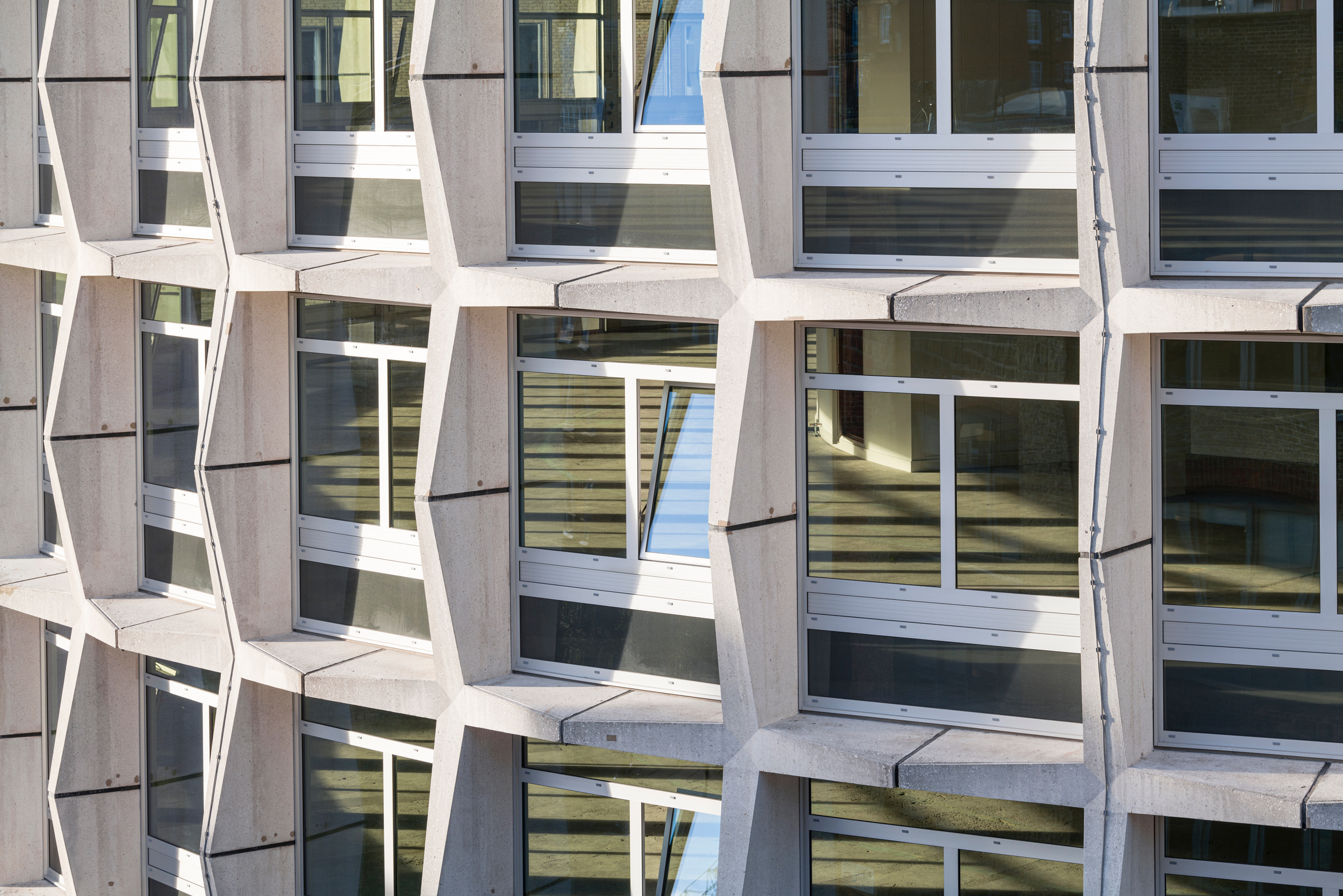 Richard Seifert's London: 'Urban, modern and bombastically brutalist'
Richard Seifert's London: 'Urban, modern and bombastically brutalist'London is full of Richard Seifert buildings, sprinkled with the 20th-century architect's magic and uncompromising style; here, we explore his prolific and, at times, controversial career
-
 The Architecture Edit: Wallpaper’s houses of the month
The Architecture Edit: Wallpaper’s houses of the monthFrom Malibu beach pads to cosy cabins blanketed in snow, Wallpaper* has featured some incredible homes this month. We profile our favourites below
-
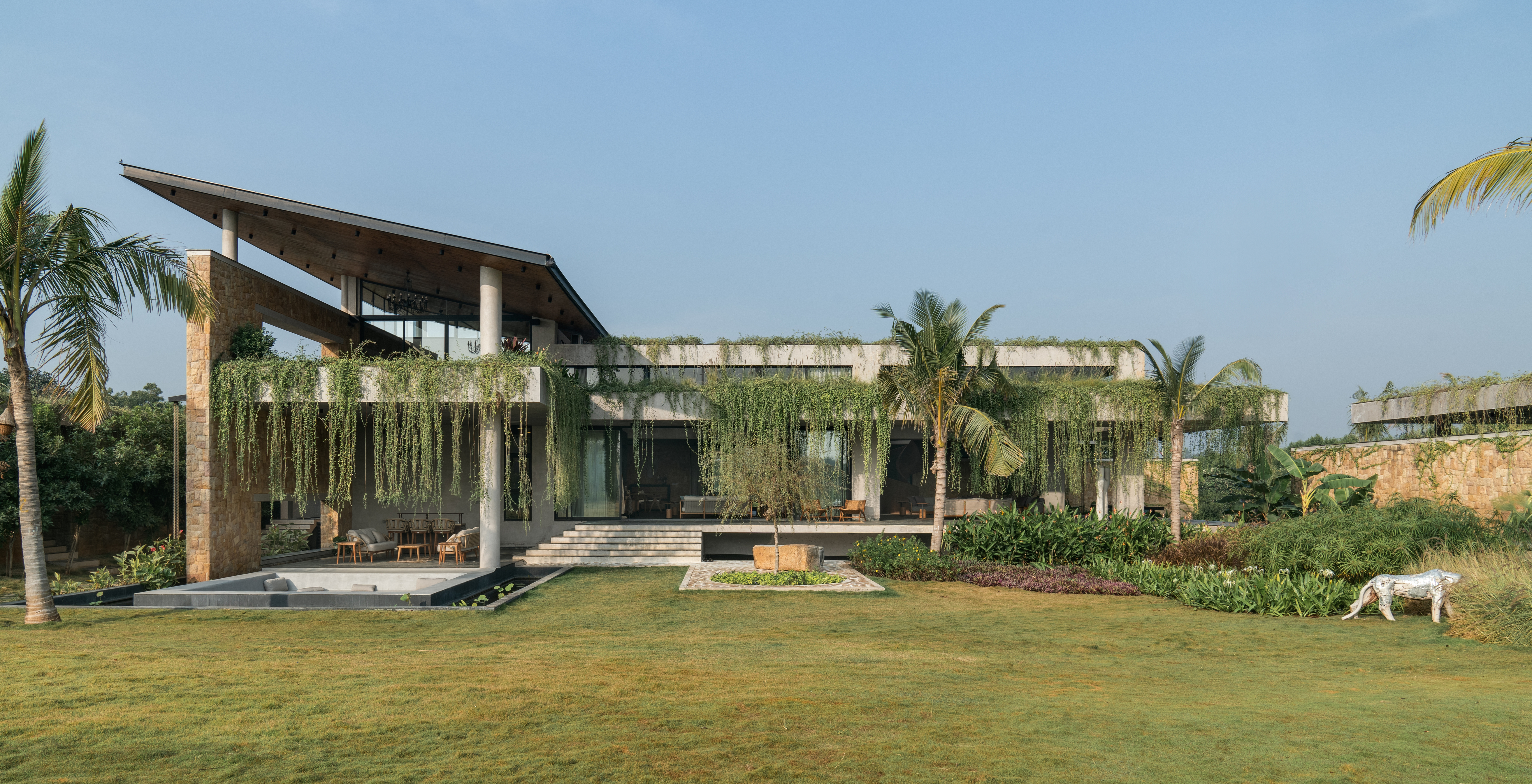 Cascading greenery softens the brutalist façade of this Hyderabad home
Cascading greenery softens the brutalist façade of this Hyderabad homeThe monolithic shell of this home evokes a familiar brutalist narrative, but designer 23 Degrees Design Shift softens the aesthetic by shrouding Antriya in lush planting
-
 Spice up the weekly shop at Mallorca’s brutalist supermarket
Spice up the weekly shop at Mallorca’s brutalist supermarketIn this brutalist supermarket, through the use of raw concrete, monolithic forms and modular elements, designer Minimal Studio hints at a critique of consumer culture
-
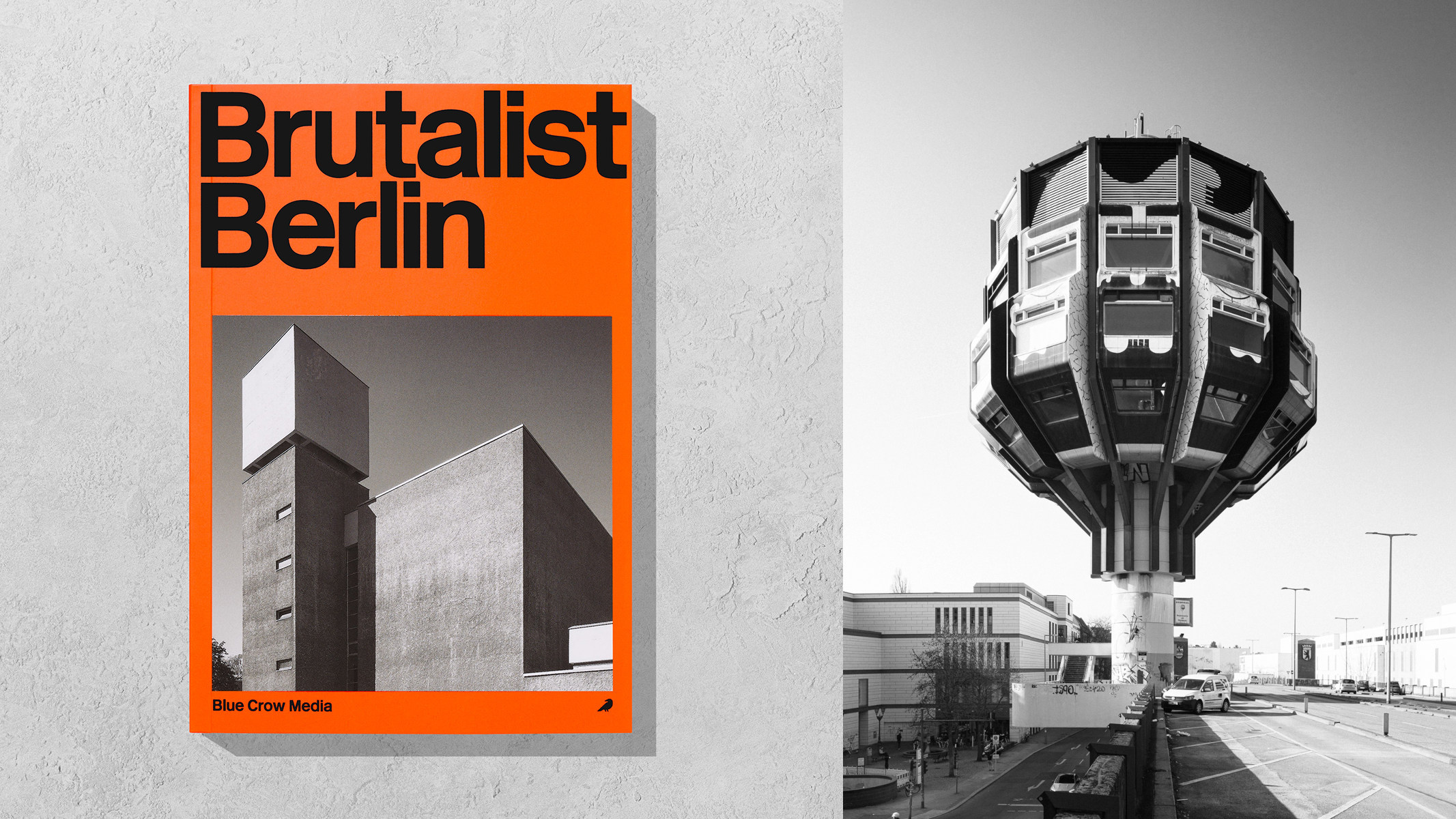 ‘Brutalist Berlin’ is an essential new guide for architectural tourists heading to the city
‘Brutalist Berlin’ is an essential new guide for architectural tourists heading to the cityBlue Crow Media’s ‘Brutalist Berlin’ unveils fifty of the German capital’s most significant concrete structures and places them in their historical context
-
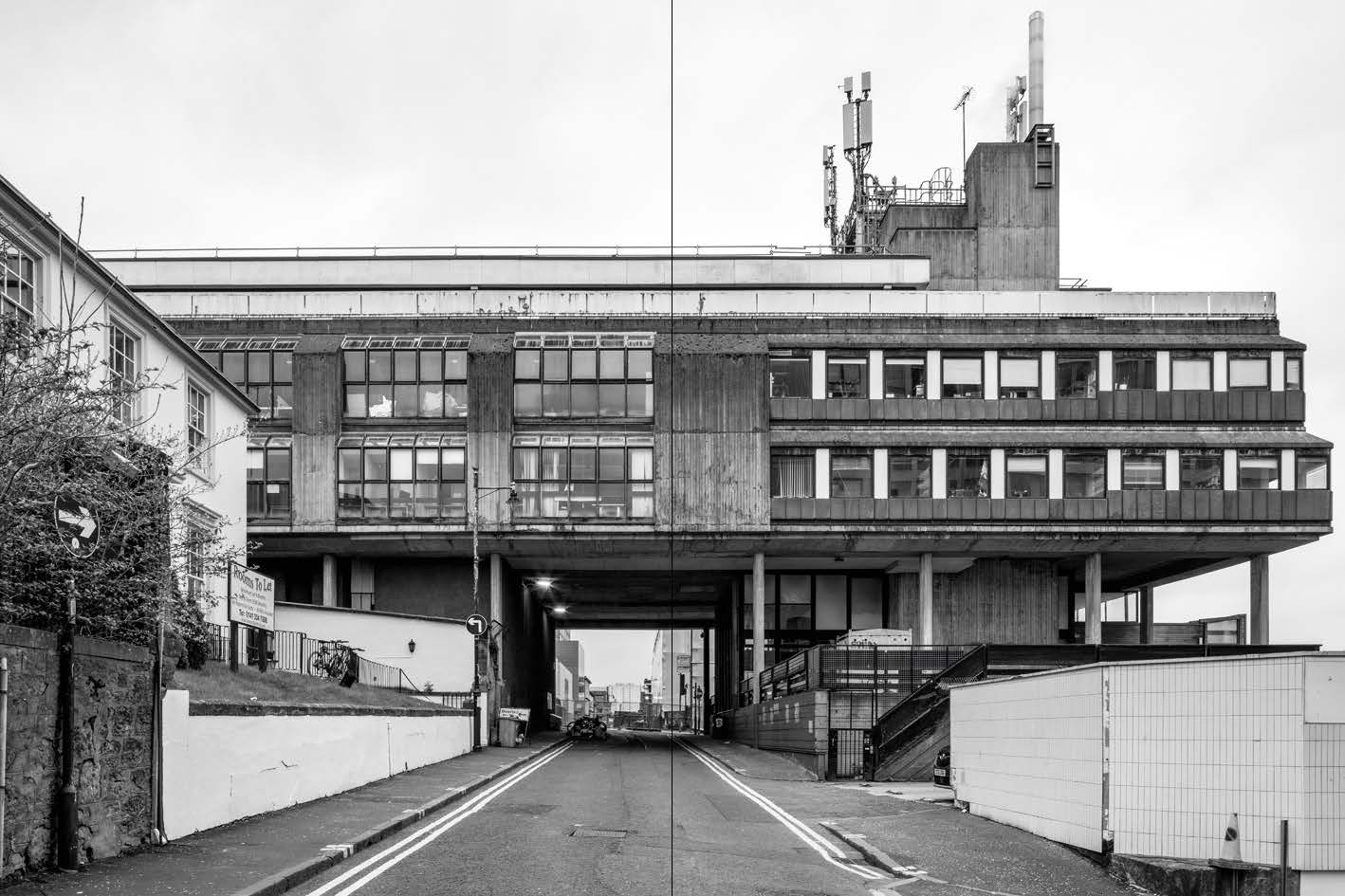 Celebrate the angular joys of 'Brutal Scotland', a new book from Simon Phipps
Celebrate the angular joys of 'Brutal Scotland', a new book from Simon Phipps'Brutal Scotland' chronicles one country’s relationship with concrete; is brutalism an architectural bogeyman or a monument to a lost era of aspirational community design?
-
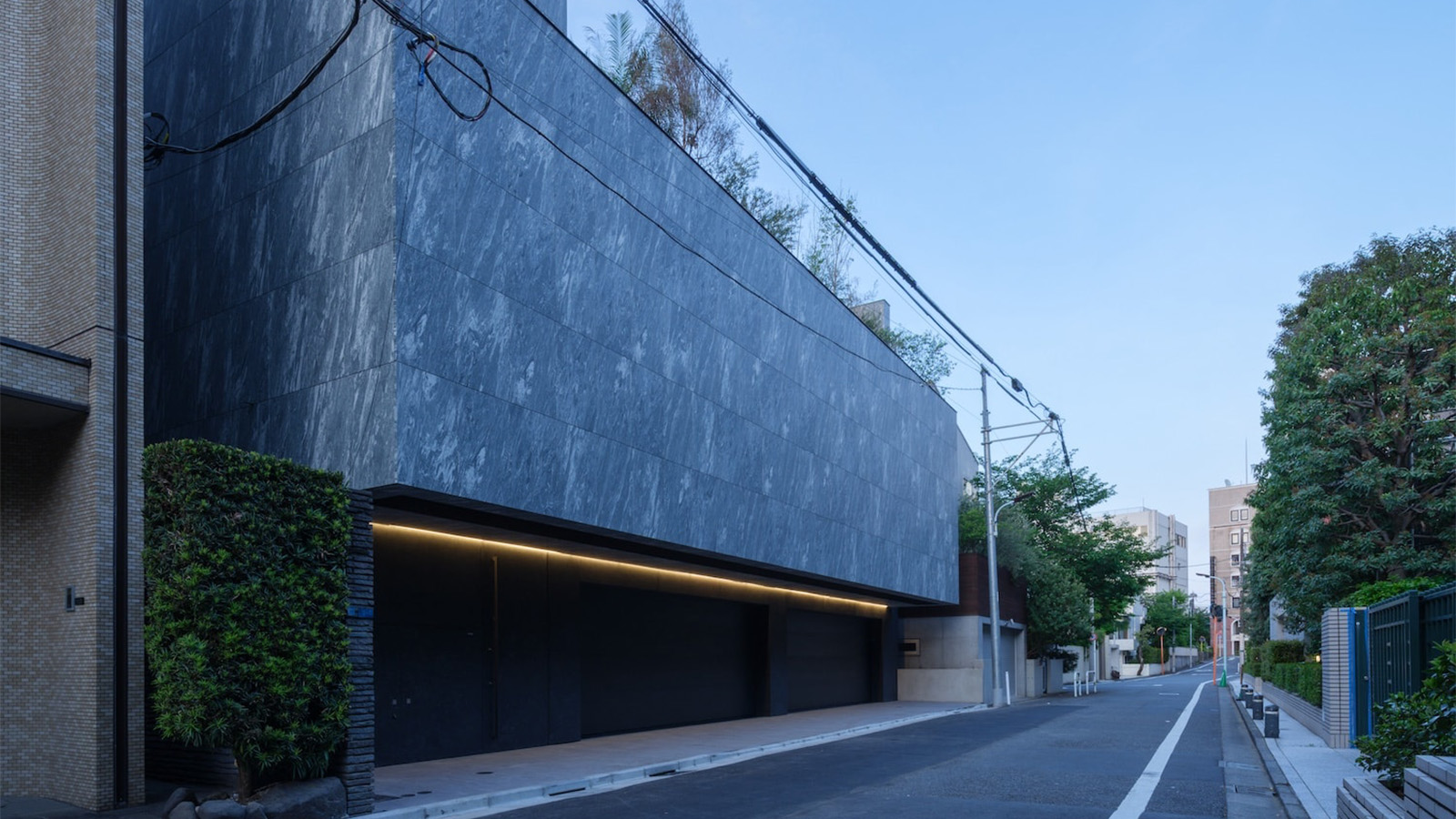 A Tokyo home’s mysterious, brutalist façade hides a secret urban retreat
A Tokyo home’s mysterious, brutalist façade hides a secret urban retreatDesigned by Apollo Architects, Tokyo home Stealth House evokes the feeling of a secluded resort, packaged up neatly into a private residence